By Lorenzo Pompa - Asset Optimisation Engineer - Anglian Water
Analysing rising main performance with real-time data
Anglian Water supplies water and sewer services to more than six million customers in the east of England, a service area of more than 27,500 square kilometres/17,000 square miles.
The utility manages nearly 113,000 kilometres/8,000 miles of water and sewer pipe, including more than 6,000 rising mains (pressure mains) transporting sewage.
Challenge - Detecting Bursts
Keeping track of this vast infrastructure is a major challenge. If a burst occurs on a rising main, allowing sewage to escape the system, rapid detection and mitigation is essential to minimise the environmental impact.
To improve its ability to detect these bursts and optimise its operations, Anglian Water embarked on a major programme of monitoring its rising mains, partnering with Syrinix to install PIPEMINDER-ONE monitors at key locations in rising mains throughout the utility’s service area.
Data is sent to Syrinix's RADAR cloud analysis platform, delivering burst alerts whenever rising main pressure falls below 90% of the normal operating level over a period of time—a drop in delivery pressure or static head pressure indicative of a burst.
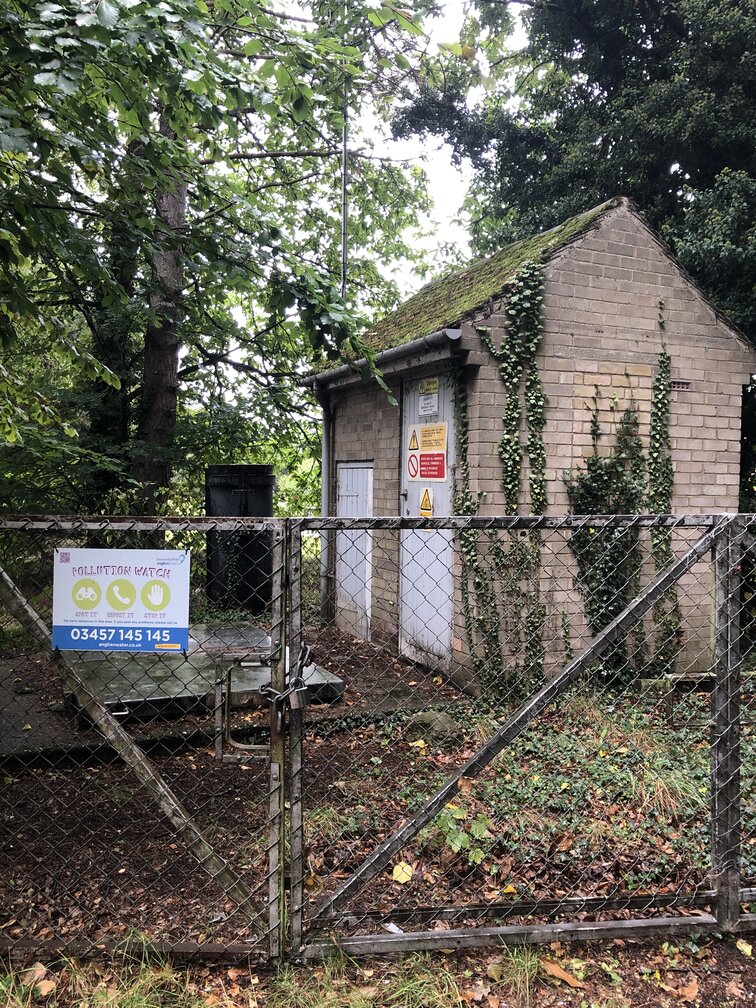
Accelerating Mitigation
Armed with this information, Anglian Water can dispatch technicians rapidly to the affected area and walk the line to detect the precise burst location. This reduces the amount of time that the issue is running, minimising the environmental impact—a strategic priority for the utility.
Building on this initial success, Anglian Water was keen to exploit the data generated by PIPEMINDER-ONE to improve operational performance and efficiency throughout its sewerage system. Initially, this involved a manual process, using burst alert patterns to analyse inefficiencies or monitoring sites with known issues.
Revealing valuable insights
Analysing the data revealed pressure transients indicative of problems within the rising main. In one case, the data indicated a drain back on a non-return valve, causing pumps to run more often than usual.
Once the valves were unblocked, the pumps resumed their optimal run patterns.
This resulted in a meaningful reduction in energy consumption, while reducing wear and tear on the pumps, valves, and other components impacted.


Monitoring performance
Encouraged by this success, Anglian Water worked with the Syrinix team to develop a set of performance alerts, tracking data to measure five key performance factors:
- Good pump/bad pump
- Low static head
- High static head
- Low delivery pressure
- High delivery pressure
This analysis has revealed a range of performance issues requiring attention, from worn pump impellers to fouled valves to control philosophy issues. This complements the existing telemetry system, providing a clear view of how well assets are performing.
To date, Anglian Water has identified more than 50 issues that affect performance and efficiency.
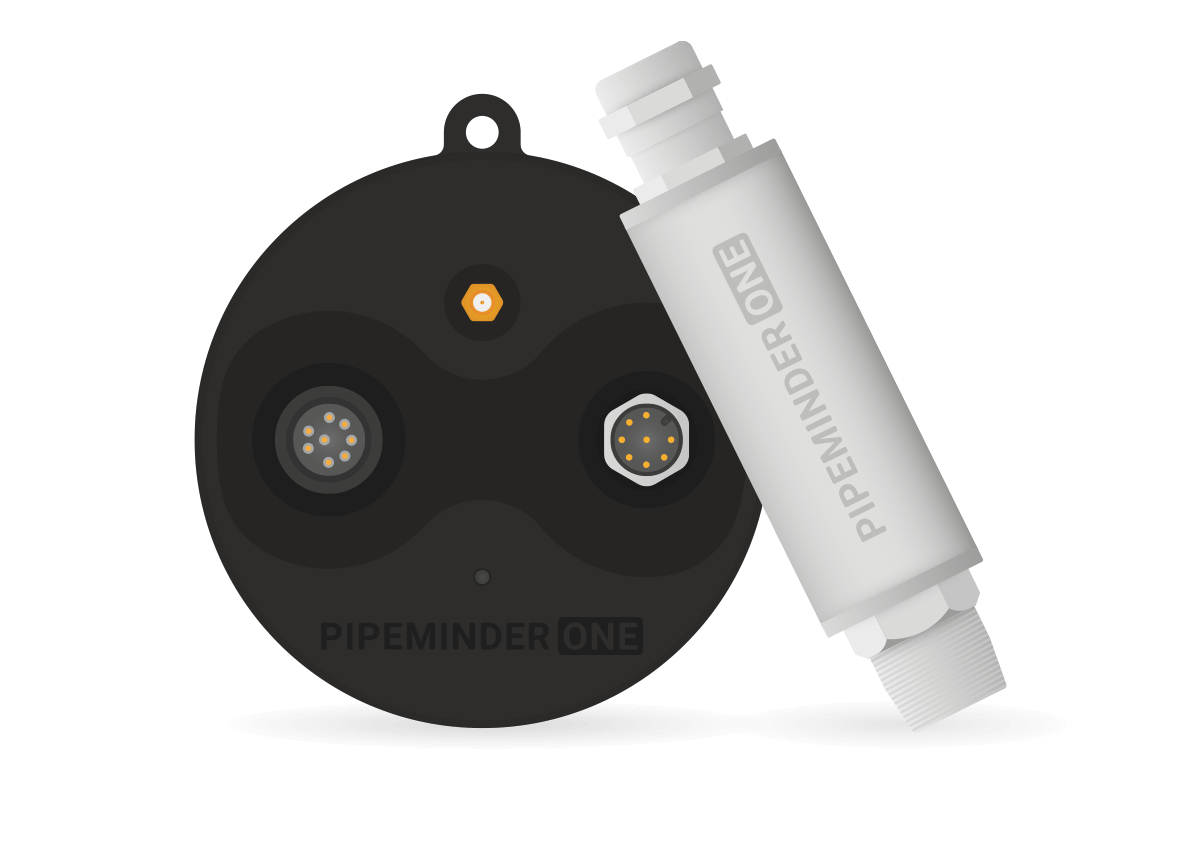
Modelling hydraulic transients
Anglian Water hasn’t stopped there. The utility is now using advanced hydraulic modelling software to perform a deeper analysis of asset performance using the data generated by the Syrinix monitors.
Insights produced by modelling will provide valuable guidance on a range of operational issues—such as how to control pumps to reduce surge in the rising mains, reduce negative pressures, etc.—to maintain performance at optimal levels and minimise asset wear and tear.
The modelling results have helped the Anglian Water team identify the most critical projects and perform less costly mitigation where appropriate, helping ensure the maximum impact for capital expenses.
Given the utility’s aging asset base, this has the potential to produce significant value by helping extend asset life and make the most efficient use of limited budget resources.
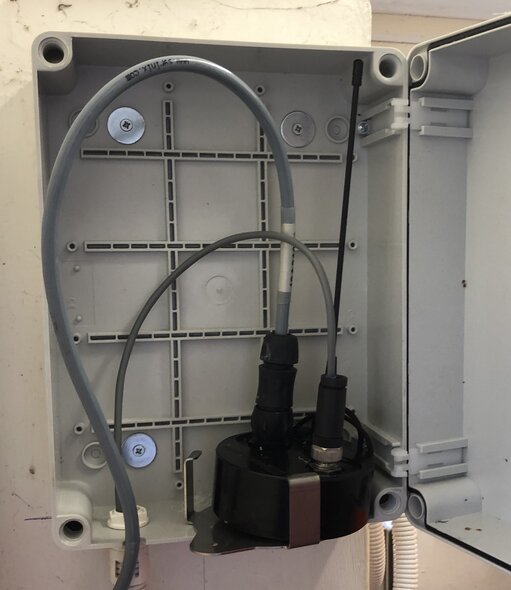
Generating tangible savings
In addition to improving operational efficiency, the monitoring program has been instrumental in identifying opportunities for financial savings.
Rectifying issues has already generated more than £30,000/$40,400 per year in energy savings alone, based on completing 30 of the planned 50 mitigations. Add to this the reduced costs associated with investigating bursts and the utility anticipates a payback on investment within just one year, largely through energy savings.
Performance monitoring and modelling will help extend the service life of critical assets, generating longer-term cost efficiencies.
This data-driven approach to performance monitoring provides the Anglian Water team with visibility into their vast system that informs decisions with the power to improve the service to customers.

More Syrinix Case Studies
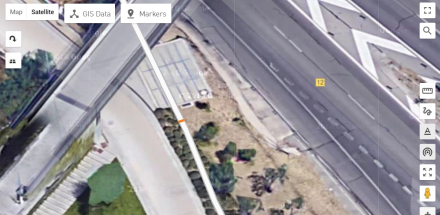
Canal de Isabel II ‘Trunk main pilot’
Leak detection pilots on Madrid trunk mains in rural and city locations.
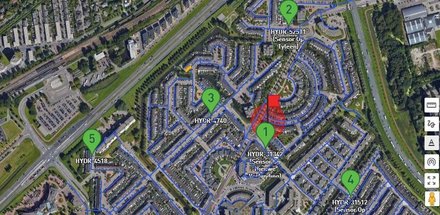
Evides – Locating burst events
Syrinix worked with Evides on locating burst events to improve operational response times
Contact Us
Leave your details and we will be in touch.





